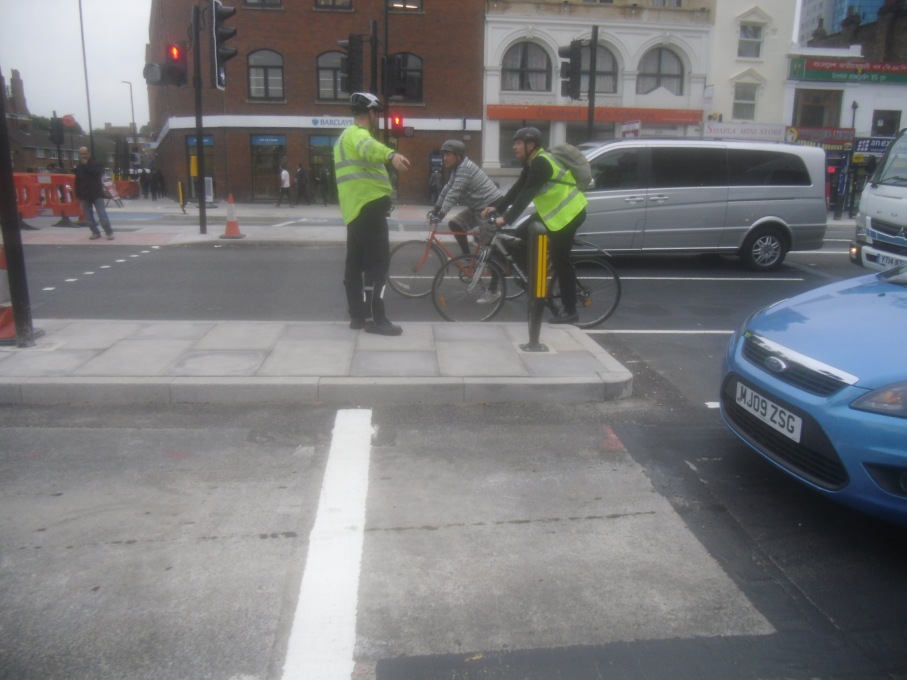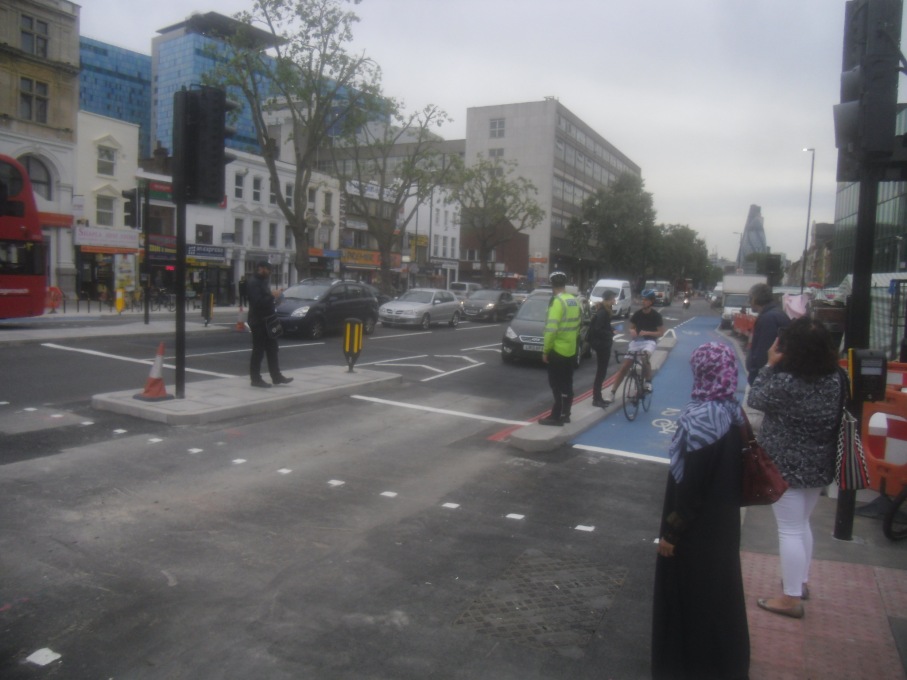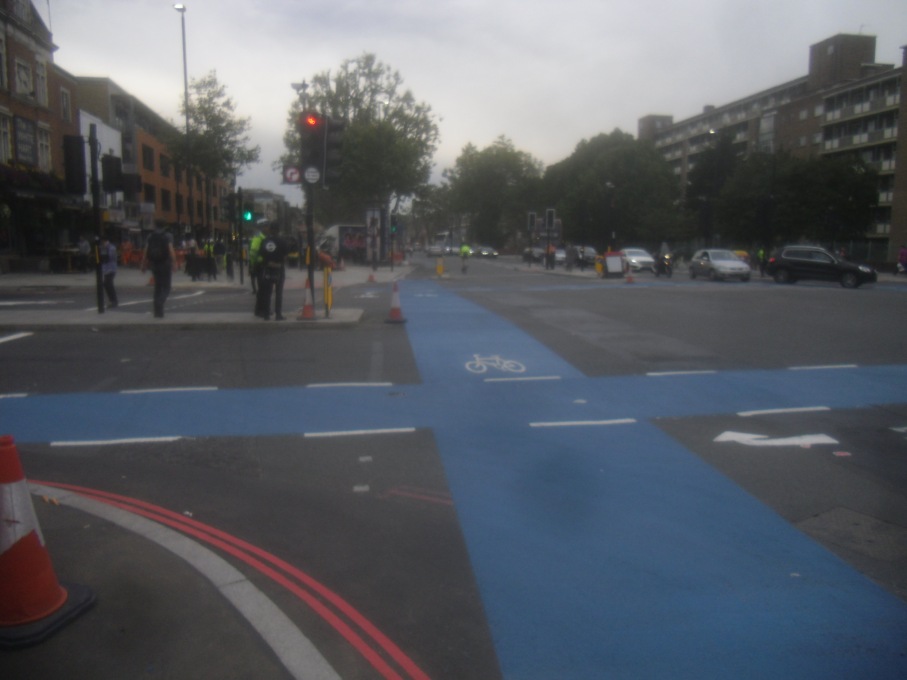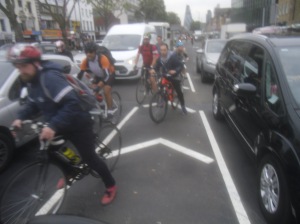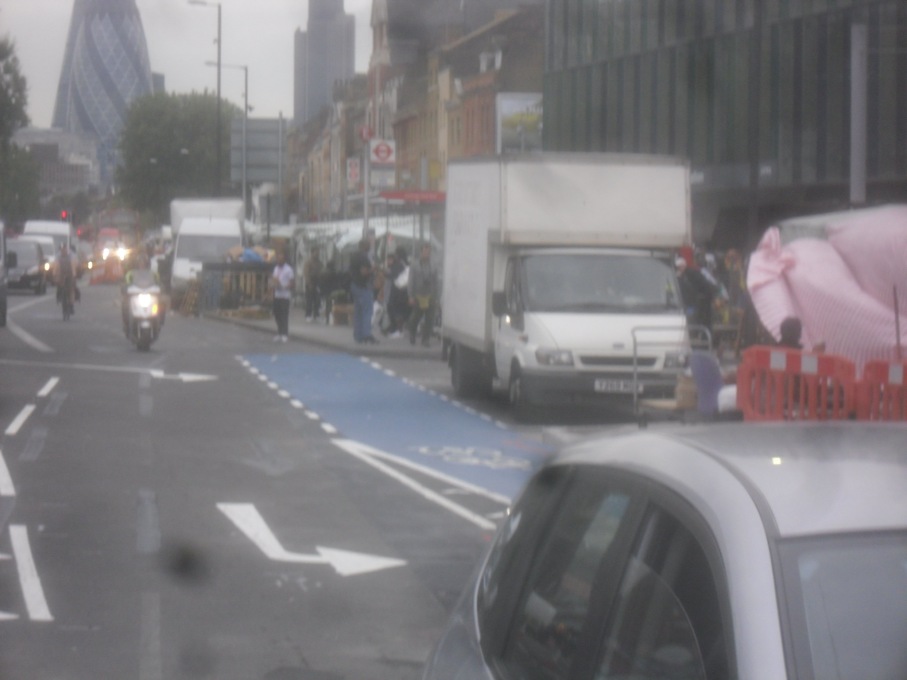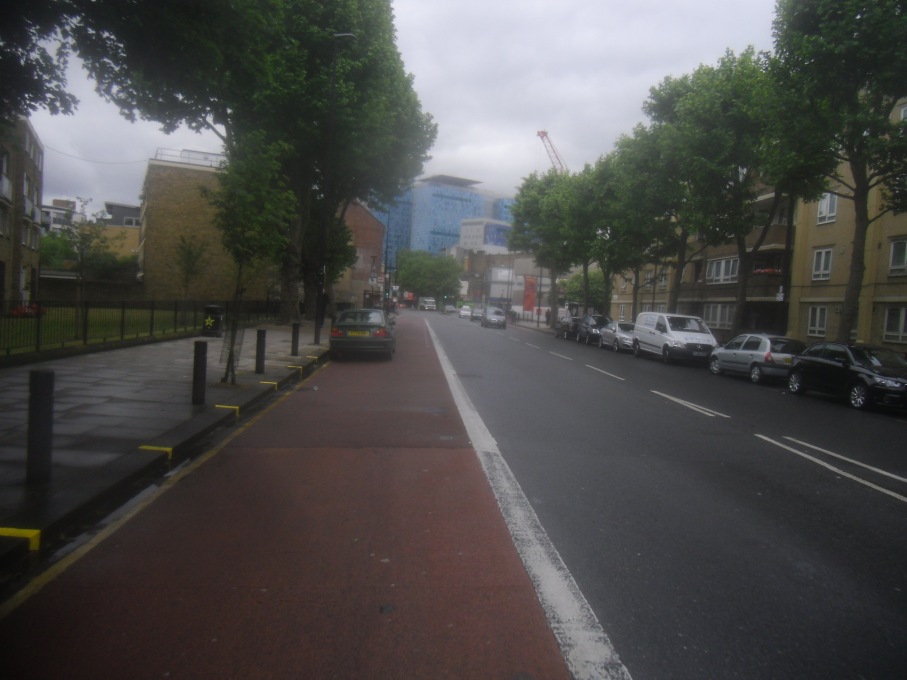If you invest £1000 in my business, the best thing I can offer you is learning.
21st century planning
The cost of small production lines and website development is so low that £1000 is best spent testing the water: make 100 T-shirts and a website, and see if they sell, rather than building a factory for millions only to find out your T-shirt design is unpopular, or out of fashion. The idea that the currency of success is now learning – from a friend who once worked in tech startups – seems a very 21st century way of doing business. There is another way to do business that remains popular though; with plans for Silvertown Tunnel, TfL are doing business in the style of the 1950s.
Silvertown: 1950s planning
1950s thinking – particularly around road design was to ‘predict and provide’:
Predict and provide
The earliest, and perhaps most destructive road transport policy in the UK, whereby traffic levels were forecast, and capacity provided to meet this forecast (University of Nottingham)
At Silvertown, TfL have predicted a massive growth in cross-river traffic by people who will want to drive. Rather than seeking to provide alternatives, reduce that demand or prioritise those who actually need to drive there, they propose a tunnel:
The Silvertown Tunnel will reduce congestion at the Blackwall Tunnel, improve the resilience of the surrounding road network and support economic and population growth. (All quotations are from this TfL page or linked documents, unless otherwise indicated).
Despite creating a new, quicker way to drive, TfL claim this won’t attract many additional drivers, in fact:
We estimate that by 2031, delays on the approach to the tunnel would be virtually eliminated.
This is in defiance of the experience of every major road-building scheme in Britain over a period of thirty years, which shows that ‘improving’ roads invariably induces more people to drive:
The average traffic flow on 151 improved roads was 10.4% higher than forecasts that omitted induced traffic and 16.4% higher than forecast on 85 alternative routes that improvements had been intended to relieve. In a dozen more detailed case studies the measured increase in traffic ranged from 9% to 44% in the short run and 20% to 178% in the longer run. This fitted in with other evidence on elasticities and aggregate data. The conclusion was:
“An average road improvement, for which traffic growth due to all other factors is forecast correctly, will see an additional [i.e. induced] 10% of base traffic in the short term and 20% in the long term.”
If Silvertown Tunnel is similar to every other major road scheme, it will increase traffic on the Greenwich Peninsula.

Note to TfL – you cannot build your way out of a traffic jam (source – Citylab)
So, TfL’s other claims seem doubtful too:
The environmental impact of current traffic congestion on some of London’s most polluted roads would be reduced
The scheme would bring about an overall air quality improvement on the main approach routes to and from the Blackwall Tunnel,
TfL promises to charge for the tunnel, and for Blackwall, to alleviate the otherwise inevitable harm.
TfL proposes to use to manage traffic impacts arising from the Silvertown Tunnel is user charging, which would act to deter increases in demand and should therefore minimise adverse impacts (TfL)
A 21st century business proposal
What upsets me about this (apart from the waste of money, induced demand caused, additional pollution and general obtuseness of the approach) is that TfL’s approach does not offer us any learning.
Were we to charge for the crossing now, we could find out how many people actually need to drive across the Thames here. Demand might be managed sufficiently to avoid the massive expense of a new bridge. Pollution might be reduced in the area.
That’s what happened when Stockholm did something similar, as beautifully summarised in this TED talk. Introducing a very small congestion charge has a significant effect.

One or two euros was enough to make 20 percent of cars disappear from rush hours. If you can reduce traffic even somewhat, then congestion will go down much faster than you might think
People changed their behaviour. Were they massively inconvenienced?
We did this huge interview survey with lots of travel services, and tried to figure out who changed, and where did they go? And it turned out that they don’t know themselves. For some reason, the car drivers are — they are confident they actually drive the same way that they used to do.
This seems logical, but without doing it, we’ll have no idea. What I can’t understand is why TfL don’t start by charging, then decide whether we need another crossing. Rather than building another crossing, then charging, then see if things clear up.
This is an amazing offer for TfL: it’s a trial which would make them money, rather than costing it. (And there’s no negative – it’s infrastructure they will have to build, and unpopularity they will have to face anyway – as they’ve promised to toll the new crossing and Blackwall Tunnel eventually anyway).
TfL desperately want this toxic tunnel
However, even if it were to charge, TfL are adamant that a new bridge is needed:
While a charge at the Blackwall Tunnel would reduce some demand, a charge alone could not prevent incidents at the tunnel.
TfL say there were almost 1,000 incidents at the Blackwall Tunnel
Although a charge at the Blackwall Tunnel might reduce some demand from motorists – depending on the level at which it was set – it could not prevent planned and unplanned incidents at the tunnel, which is a significant cause of congestion across a wide area.
So we are building a toxic tunnel due to ‘planned and unplanned’ incidents. What kind of incidents?
The new Silvertown Tunnel would significantly reduce incidents at the Blackwall Tunnel which force its temporary closure, in particular incidents involving overweight vehicles.
So, we’re going to spend £750 million to accommodate drivers of overweight vehicles – who presumably know they shouldn’t be using the tunnel?

Source: TfL
Surely TfL can come up with a smarter approach to preventing people using a tunnel they don’t fit down than building another tunnel?

Image credit: Mcivory
We could even combine my two ideas: charge now, and spend some of the money on better incident prevention and breakdown services. At at least £2 per journey, TfL can get its hands on perhaps £250,000 pounds a day – this would nicely cover something a high-tech solution and an investment in sustainable alternatives.
I don’t know for sure. TfL may be right:
We concluded that a charge at the Blackwall Tunnel without any increase in new crossing capacity was not a suitable option, since it would not address our wider objective of reducing incidents at the Blackwall Tunnel and providing more resilience and choice for people crossing the river. In addition, although charging would reduce some demand to cross at the Blackwall Tunnel, there would still be significant congestion and adverse impacts on alternative crossing routes.
TfL don’t know either. Concluding that a charge wouldn’t work without trying it is lunacy. The best TfL can offer is a toxic tunnel, at a cost of £750m. We won’t learn anything for five years, and we’ll face all the negative consequences before and afterwards.
TfL desperately need to take a 21st century approach – trial charging and find out. Maybe some of those journeys aren’t necessary. Maybe some of them could be retimed, rerouted or put on a changed mode. We could find out and TfL could make a profit in the process…
Tell TfL you are against their toxic tunnel here – demand user charging instead. The consultation is live now until Sunday, 29th November.
And help the No campaign, here.













 As ever, I’m trying to be balanced. TfL are doing some great stuff on CS2, that I
As ever, I’m trying to be balanced. TfL are doing some great stuff on CS2, that I 